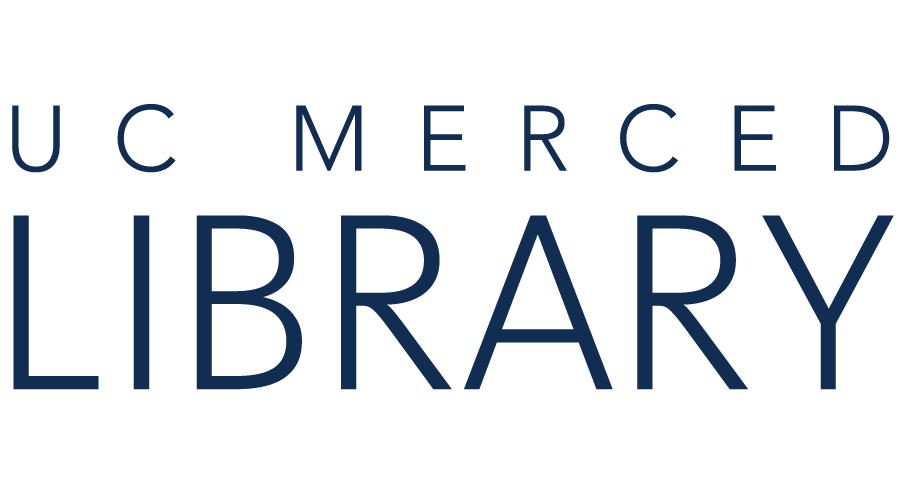Social sciences research articles may include original studies and review articles that contribute to the current scholarship on a given topic.
They are more likely to following the structure of articles in the physical sciences. The majority of articles in these disciplines will have the sections listed below.
| Abstract | Brief summary of the article, including research question, methodology and results. |
| Introduction | Background information about the topic, leading up to why this study is being done, and may include a brief literature review. |
| Methods | Description of how the study procedures, set-up and how data was collected. |
| Results/Findings | Presentation of the data from the study. This section often includes tables, charts, or other visualizations of the data. |
| Discussion | Analysis of the data and how the study relates to existing knowledge of the topic. The authors evaluate whether their results answer their research question. |
| Conclusion | The authors wrap up the article by discussion how their study contributes to the research on this topic and outline future potential research questions or studies. |
| References | List of resources that the authors consulted when developing their research and subsequently cited in their article. |

Scholarly articles in the Arts and Humanities are set up differently than in the Sciences. Articles may read more like essays, rather than reports on scientific experiments.
In the Humanities, scholars are not conducting experiments on participants but rather are making logical arguments based on the evidence they have researched and analyzed.
In literature, for example, a scholar may be studying a particular novel of an author. In history, a scholar may look at the primary source documents from the time period they are studying.
The following sections are generally included in humanities scholarly articles, although they may not be clearly marked or labeled.
| Abstract | A summary of the research provided at the beginning of the article, although sometimes articles do not have an abstract. |
| Introduction | Provides background information for the topic being studied. The article's thesis will be found in the introduction, and may also include a brief literature review. |
| Discussion/Conclusion | The discussion likely runs through the entire article and is the main component of the article providing analysis, criticism, etc.The conclusion wraps up the article; both sections usually are not labeled. |
| Works Cited | List of sources cited in the article by the author(s). |

Copyright @ The Regents of the University of California. All rights reserved.
